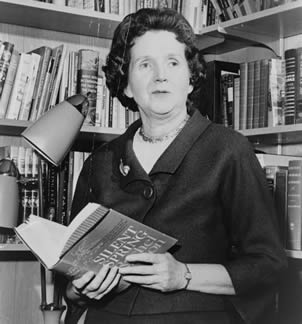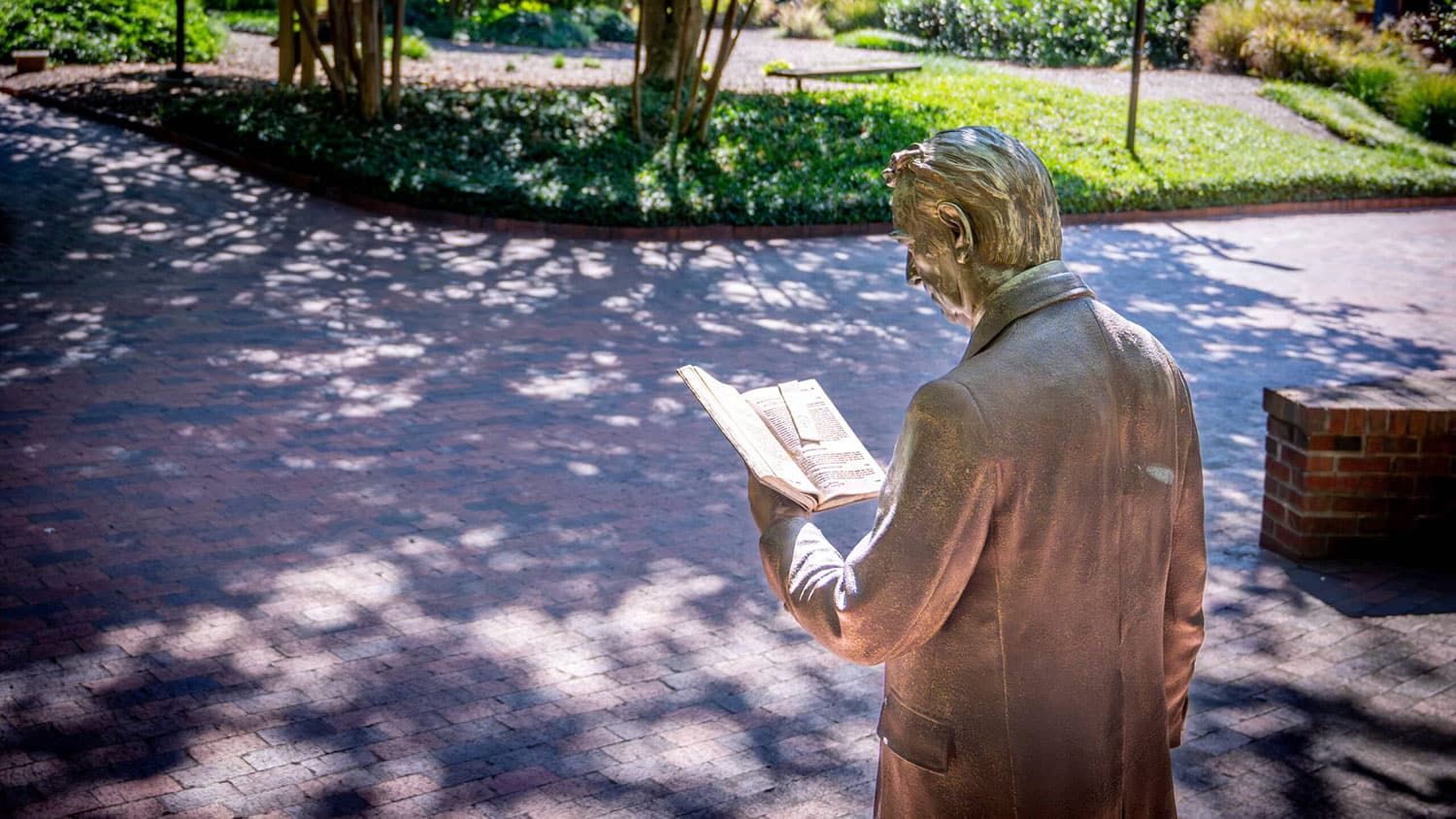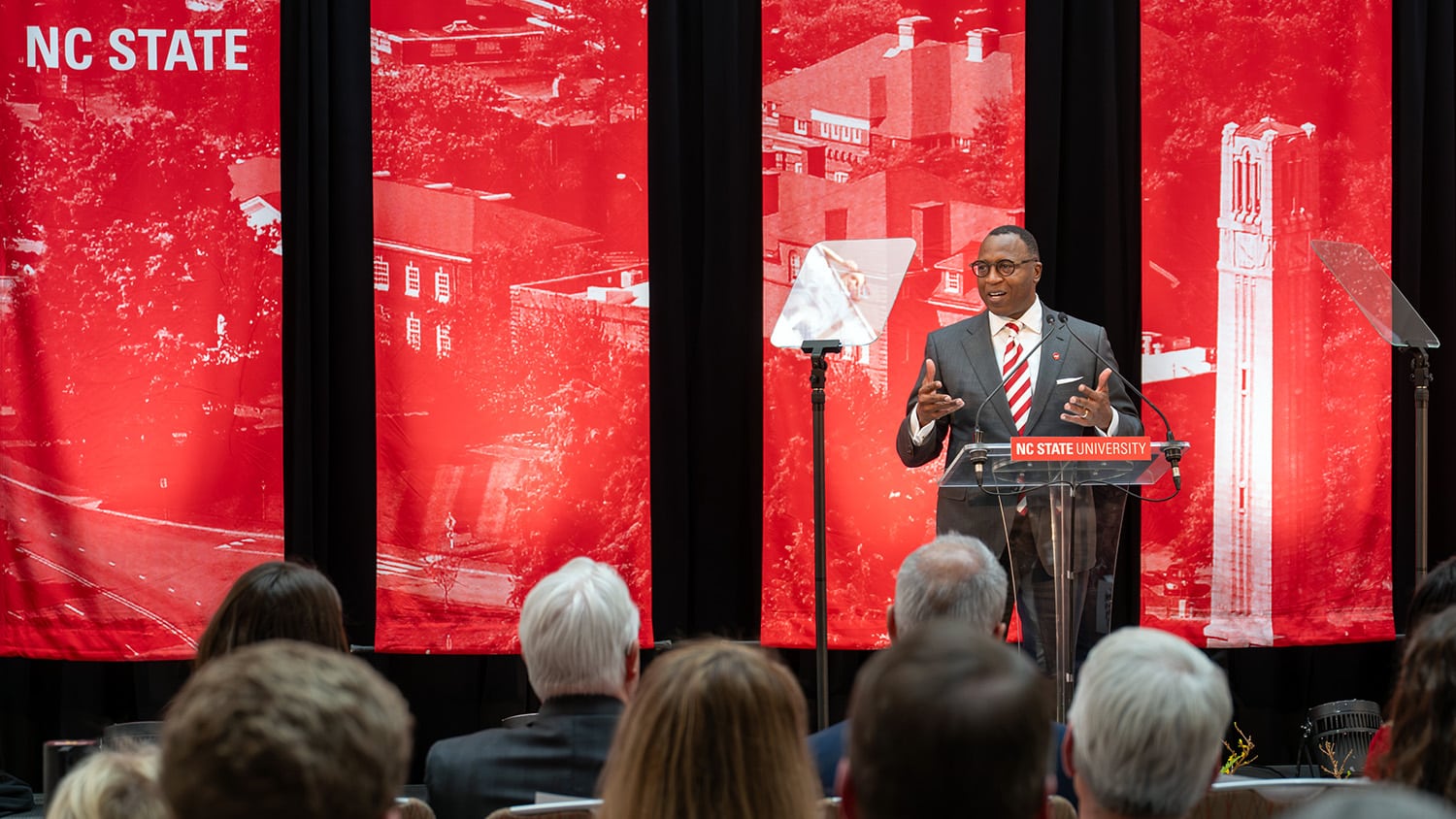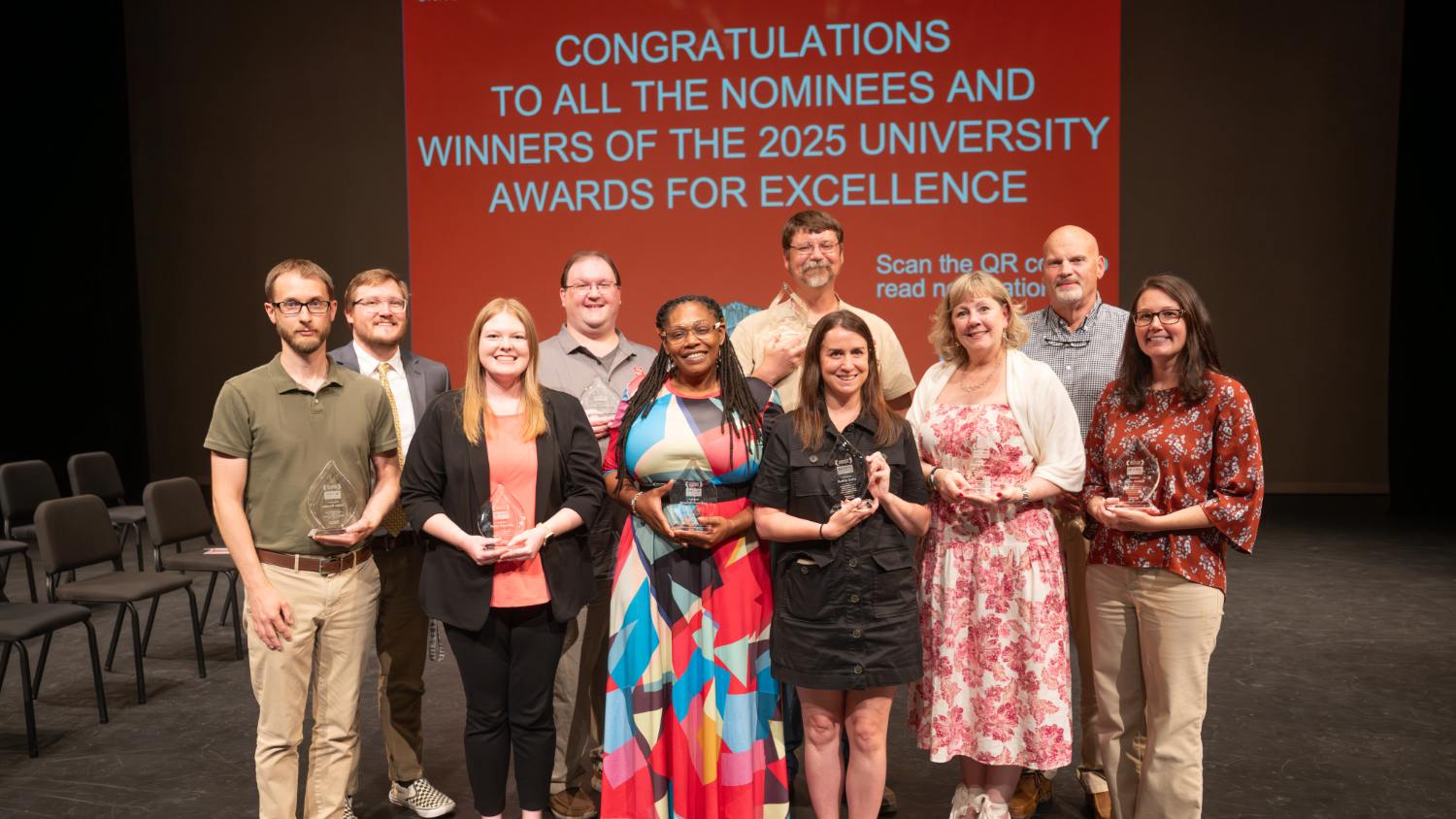5 Questions With Linda Lear
Rachel Carson’s “Silent Spring” hit bookshelves on Sept. 27, 1962, and its impact made Carson one of the most influential people of the 20th century. Many regard her book as having launched the environmental movement. To mark the 50th anniversary of “Silent Spring,” historian and biographer Linda Lear, a widely-recognized expert on Carson, will present the keynote lecture at NC State’s “Rachel Carson’s Silent Spring at 50” on Thursday, Sept. 27, in the Nelson Hall auditorium. Lear spoke with Larry Nielsen, professor of natural resources, about her biography of Carson and the author’s legacy today.
Q: What inspired your biography of Rachel Carson?
A: It was ignorance and admiration. About 1989 I was teaching U.S. environmental history at the George Washington University. I assigned “Silent Spring” yet my students didn’t know who Carson was, nor could they understand the context in which she wrote. I wrote a classroom biography meeting the needs of these students.
My other inspiration came from seeing Carson’s photograph on the cover of “The Saturday Review of Literature” in 1962. I had read about her book and the industry’s efforts to silence her. As a new graduate of a women’s college with hopes of changing the world, I admired Carson’s courage to stand up to the “establishment” against her. I found her a role model.

Q: What was compelling about the book?
A: Carson uses apocalyptic rhetoric to suggest that unless we change our arrogant attitudes toward the natural world, humankind and nature will be destroyed. She intended to disturb and alarm us, and to make us think about tomorrow and not just today. She was prophetic. DDT spray was ubiquitous in my own childhood neighborhood outside of Pittsburgh, close to where Carson grew up. One of her profound ideas is that nature is not static, humankind can poison nature, but that ultimately means we are poisoning ourselves. She was committed to changing attitudes in order to save lives.
Q: What was the basis of the industry attacks on Carson’s credibility?
A: Industry and government both understood that Carson’s critique challenged their power and authority. She made human exposure to toxic chemicals about human rights. She protested the power of the elite to keep citizens oblivious to what was happening to their environment. Carson’s book was viewed as a new democratic manifesto. They attacked that she had no Ph.D. in science, that she was a former government bureaucrat, without any organizational ties, and a lowly nature writer. They charged that she was a hysterical woman who had overstepped her bounds and a communist sympathizer who wanted to aid Soviet agriculture. Their goal was to silence Miss Carson. They failed.
Q: Does “Silent Spring” still have the impact that it did 50 years ago?
A: That depends upon each reader. Times have changed along with attitudes towards our environment and health. “Silent Spring” was a product of the Cold War and the post-Atomic Age. Yet, the problems that Carson underscores – human arrogance and lack of moral care for the interdependent systems of life – remain our biggest challenges. Carson’s work reminds us that human lust for control and the almighty dollar can destroy all of us.
Q: Why do you think Rachel Carson remains controversial today?
A: Before she died in 1964 the bitter partisan controversy over her claims in “Silent Spring” had made the environment a political battlefield. Carson’s plea for the interdependence of all human and nonhuman systems was already drowned out in the fight over the safety of pesticides. Carson never called for a ban on DDT. Yet Carson is cited by opponents of government regulation as the person responsible for its ban, and therefore for the needless deaths of children in Africa who have been the victims of malaria. Carson called for an end to the misuse and the overuse of pesticides. The partisans of the contemporary environmental movement which Carson “stirred up” and which her book inspired have created a mythological figure that bears little resemblance to the historic woman: one of our most important literary figures and democratic voices of the 20th century.
- Categories:


